by ainet_admin | Nov 2, 2022 | Internet of things
A billion tech-related terminologies are flying around in the cyber world. It can be hard to catch up with them, especially when you’re not a tech expert or enthusiast. But that’s not particularly true. Some terms represent the programs we use daily; a...

by ainet_admin | Oct 25, 2022 | Internet of things
People naturally opt for the best network connections, but sometimes even the best isn’t suitable. Of course, choosing what’s convenient should be easy. Well, in this case, it’s not.Internet connections come in numerous forms, and each method is...

by ainet_admin | Oct 18, 2022 | Internet of things
What is Web 3.0 and how does it affect you? The Web 3 saga, as many would call it, is irresistible. Well, it’s only that way when you understand the ideals it upholds. But to do that, you’ll need to acknowledge its cousins, Web 1 and Web 2. Web 1 Web 1,...

by ainet_admin | Oct 11, 2022 | Internet of things
You developed an IT infrastructure tailored to your business needs, and it runs efficiently — smooth as silk. But if you think it would sustain without solid IT infrastructure management planning, you’re wrong! It’s odds-on to collapse real soon. An IT...

by ainet_admin | Jun 21, 2022 | Internet of things
Platform as a service (PaaS) has garnered significant attention over the last decade. It’s one of the most used features of cloud technology, and here’s why. Also known as cloud platform services, PaaS is an integral component of cloud services. It aids...

by ainet_admin | Jun 7, 2022 | Internet of things
With no exception, the internet is a way of living now. Either it’s personal or professional life. It made communication easy and boundless with massive data sharing through all kinds of resources.In small or big companies, file sharing is the real agenda that...







